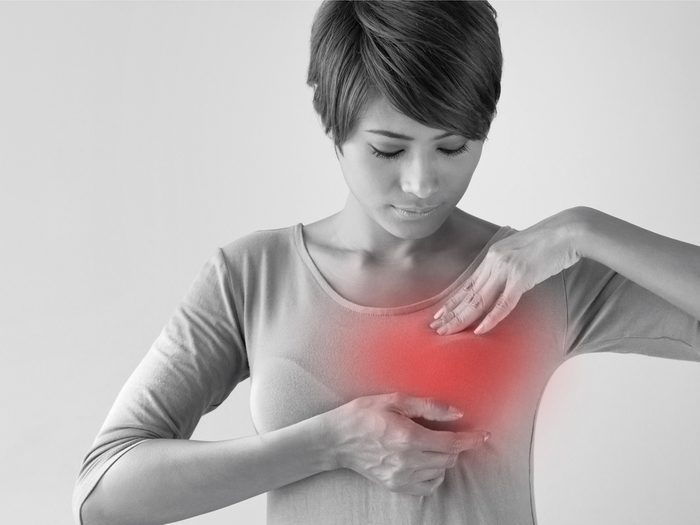
Self exam? Here’s what to really look for
Do you need to schedule a formal, sit-down monthly breast self exam to inspect every single centimetre? No. Experts now recommend against routine self exams, saying that they create unnecessary anxiety and don’t actually lower the risk of dying from breast cancer. But you should know what the red flags are: A lump or thickening in the breast or underarm area; swelling, warmth or redness; a change in size or shape, dimpling or puckering of the skin; an itchy, scaly sore or rash on the nipple; nipple discharge that starts suddenly; or new pain that doesn’t go away.
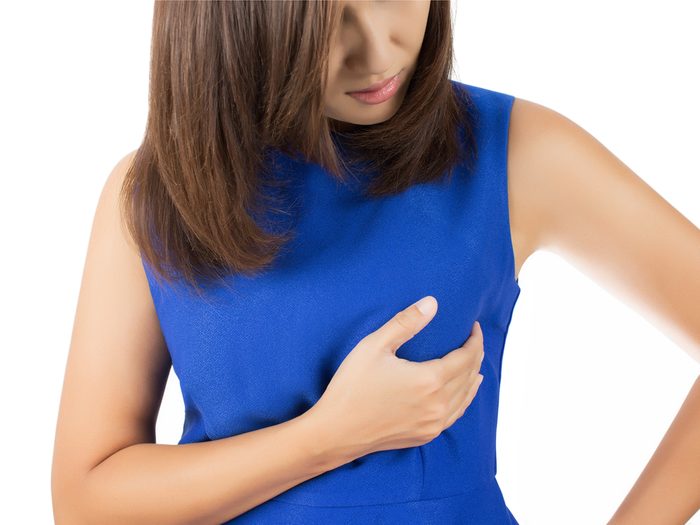
Lumps may freak you out, but they’re usually not cancer
In fact, 80 percent of lumps biopsied turn out not to be cancer—so don’t panic if you uncover one while you’re showering or getting dressed. Odds are it’s a kind of cyst. Fibrocystic breast changes—in which breast tissue is overreacts to hormones, which results in lumps and cysts—affect 50 to 60 percent of women.
Of course, the worst thing you can do is ignore it and hope it’ll just go away. Always see your doctor any time you spot anything abnormal.
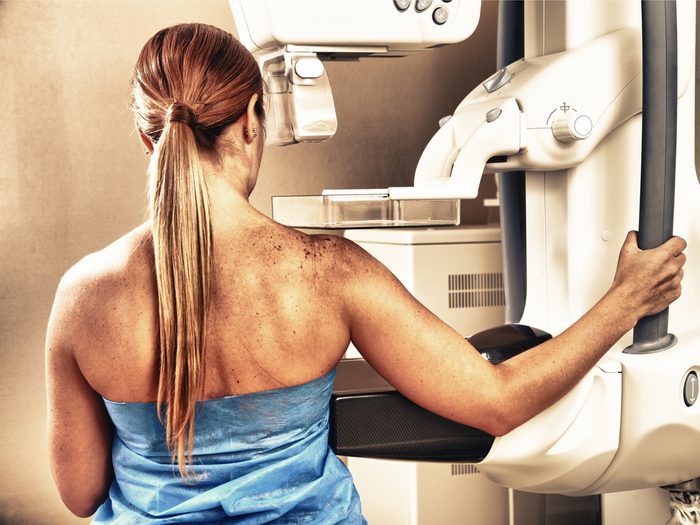
Experts don’t often agree about mammogram screening
In 2009, the United States Preventive Services Task Force came out with controversial guidelines about delaying mammograms to age 50 (from 40) and getting them every two years (instead of annually). Experts who think women should still get annual mammograms starting at age 40 believe that delaying the screenings would miss too many cancers and lead to poorer outcomes among those eventually diagnosed. Those who support the new guidelines believe that too-early mammograms lead to too many false positive results (and corresponding over-treatment, including follow-up scans and biopsies), as well as over-treatment of breast cancers that may not actually be life threatening. What you decide to do may come down to how risk-averse you are, what your health insurance will cover, and what your doctor thinks.
If you’re going for your first mammogram, read How to Prepare for Your First Mammogram.
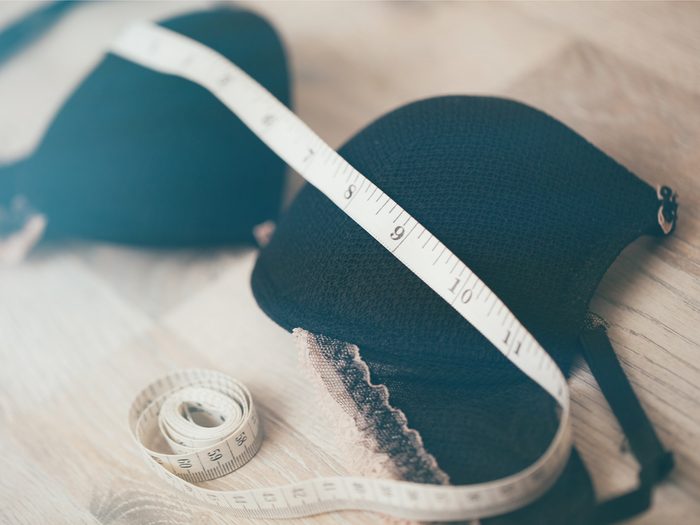
85 percent of women wear the wrong size bra
The right undergarments can make you look thinner, improve your posture, and ease pain in your back, neck, and shoulders. You need to toss bras after they’re well worn, or if you gain or lose weight. Plus, you should get measured for ones that provide the right support. Some signs of a proper fit: The band in the back is snug, and doesn’t ride up; and your breasts fit within—instead of bulging over—the cup.
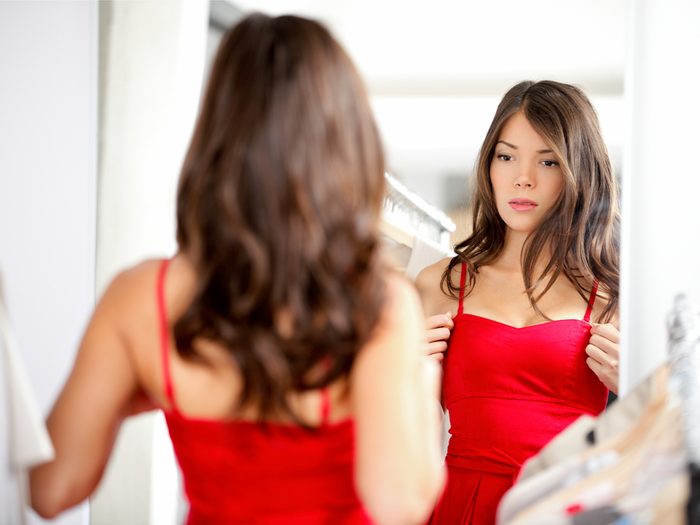
It’s normal for one to be larger than the other
We’re not as symmetrical as you may think. About half of women have a pretty notable difference in size, with the left breast often larger than the right. Make sure your bra fits the bigger breast, and use a pad to help fill out the smaller one. If a change in size is sudden, let your doctor know—it could be the sign of an infection, lump or cyst.
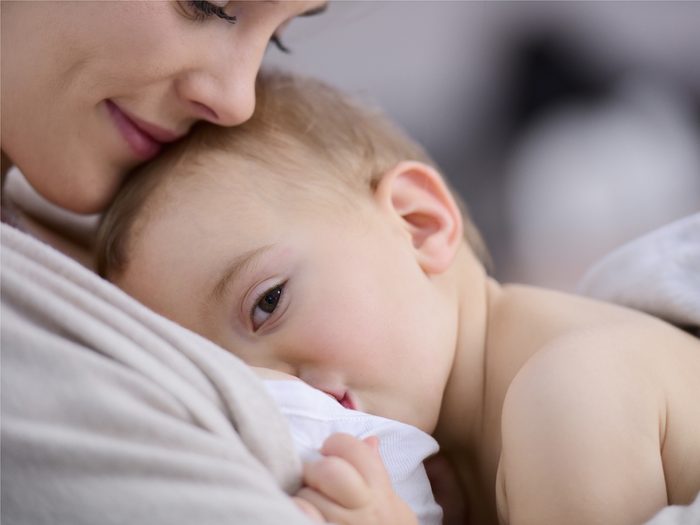
Evolution just might be the reason men are obsessed with breasts
The main reason for breasts is to nourish and feed babies. When a baby nurses, your brain becomes flooded with the “bonding hormone” oxytocin, which is designed to get you to focus on taking care of your infant. Some researchers think a similar mechanism designed to strengthen romantic relationships is at work between you and your partner. Oxytocin is also released when a partner stimulates your breasts, which causes you to bond with and feel more affection for him.
Also, looking for a new sports bra? Learn how to Find the Best Sports Bra for You.
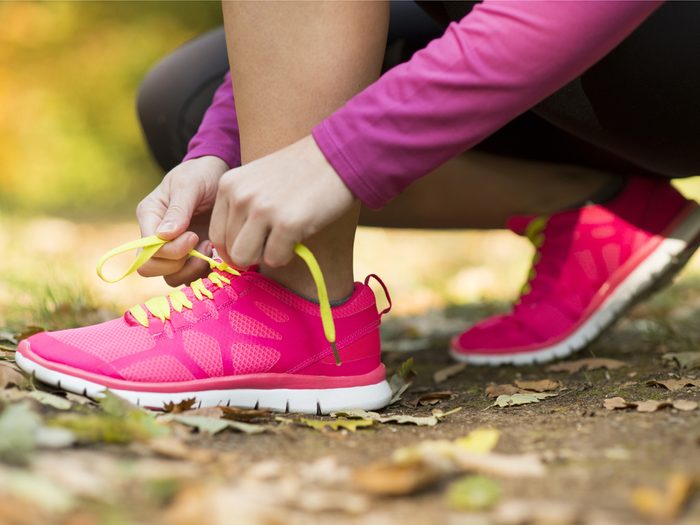
Slimming down may reduce your risk of breast cancer by half
A study published earlier this year found that overweight postmenopausal women who shed just five to 10 percent of their body weight slashed their breast cancer risk in half. (Fat can raise levels of the hormone estrogen, which is known to fuel certain kinds of breast cancer). What’s more, another recent study found that women who are overweight when diagnosed with breast cancer have a higher risk of recurrence than thinner women.
Exercise is also a boon for breasts: A cancer study released this summer found that women who worked out 10 to 19 hours a week had a 30 percent reduced risk of breast cancer. Not only can exercise reduce body fat, it also lowers levels of stress and inflammation, which can affect how your immune system treats cancer cells.

Skip that second glass of wine to reduce cancer risk
There’s no doubt that drinking is linked to an increased risk of breast cancer, which is why experts recommend limiting your intake to one glass a day and even less if you have a higher breast cancer risk (due to family history or other reasons). A study in the Journal of the American Medical Association published last fall found that women who had just a few cocktails a month had a 15 percent higher risk of cancer; those who drank more (the equivalent of two drinks a day) had a 51 percent greater chance of developing breast cancer over the next few decades.
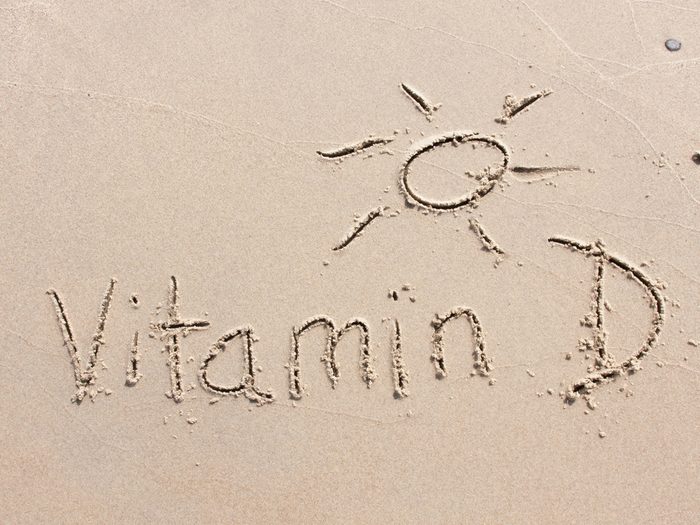
You likely need more vitamin D
Many of you have too-low levels of this vitamin, which is a shame considering that it is linked to a reduced risk of breast cancer. One study presented at a meeting of the American Society of Clinical Oncologists a few years ago found that breast cancer patients deficient in D were 94 percent more likely to have their cancer spread than those with normal levels and a paper published earlier this year found that women diagnosed with breast cancer with higher vitamin D levels had better survival rates. The RDA for vitamin D is 600 IU, but some experts recommend getting 1,000 IU or more. Ask your doctor and consider taking a supplement—it’s hard to get that much from your diet or the sun alone.
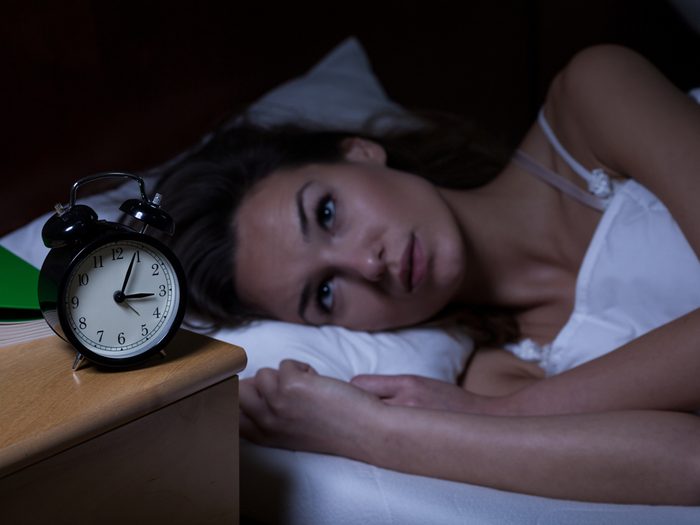
Not sleeping? You’re increasing your cancer risk
More research points to a correlation between not sleeping at night and a higher cancer risk. A study of women in the Danish Army, published this spring in Occupational and Environmental Medicine, found that those who worked at night had a 40 percent increased risk of breast cancer compared to those who didn’t. It’s likely the hormone melatonin to blame, which regulates sleep cycles and may also affect estrogen levels. Sleep deprivation at night may also suppress the immune system, allowing cancer cells to grow.
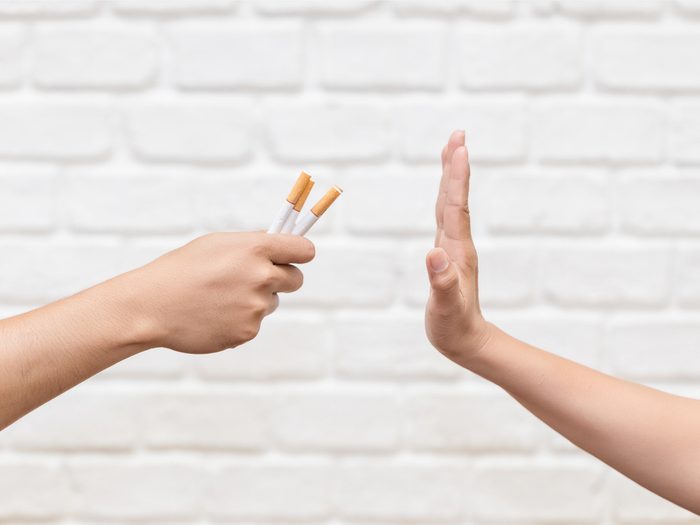
Smoking increases risk for cancer and make breasts less perky
Though cigarettes do raise the risk of breast cancer slightly, they’re especially harmful among heavy-duty smokers who start early, a study published last year in the Archives of Internal Medicine found. Women who smoked at least a pack a day for at least 30 years had a 28 percent higher breast cancer risk. Chemicals found in cigarettes also break down elastin, the protein that keeps us nice and perky. One study led by a University of Kentucky plastic surgeon a few years ago found that smoking, age and the number of a woman’s pregnancies are the main factors that affect sagging.
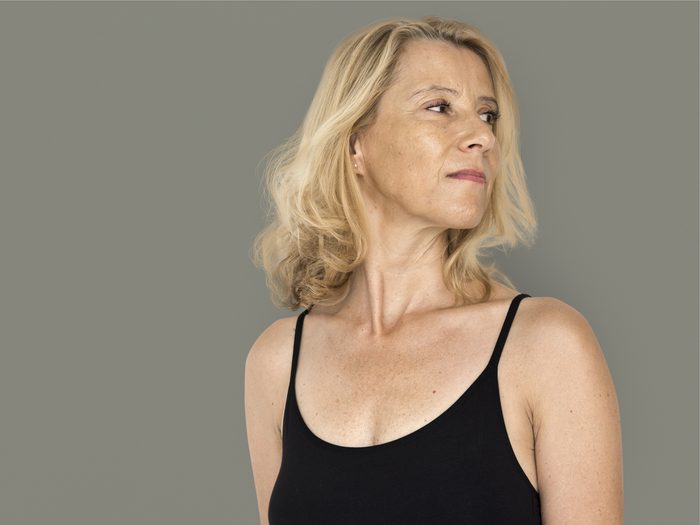
This is what menopause does to your breasts
Hot flashes get all the attention, but we go through a lot during menopause. And the years leading up to it too. Breast tenderness—the kind you’re used to getting around your period and early on in pregnancy—can strike and get worse. We may start leaking fluid because hormone fluctuations can raise levels of the hormone prolactin (the same one that triggers us to start churning out milk after you have a baby). Your milk ducts can get clogged during this transitional time as well, which can cause green or black discharge. And break out the tweezers: You may start to find errant hairs on the nipples now. (Waxing, lasering, and shaving work too.)
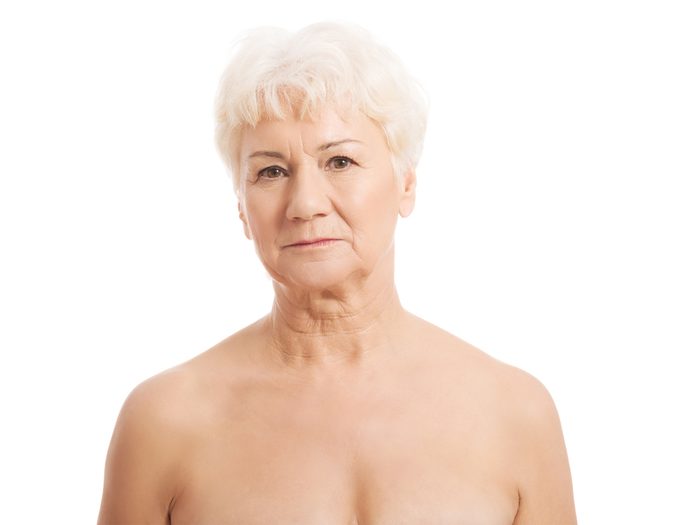
The real reason breasts sag as you age
Over time, collagen and elastin breaks down and we can’t help but start to let loose. Also, hormonal changes cause us to contain more fat—soft, spongy and prone to drooping—with age. There’s not a lot you can do about it, short of wearing a more supportive, well-fitting bra or opting for a breast lift.
